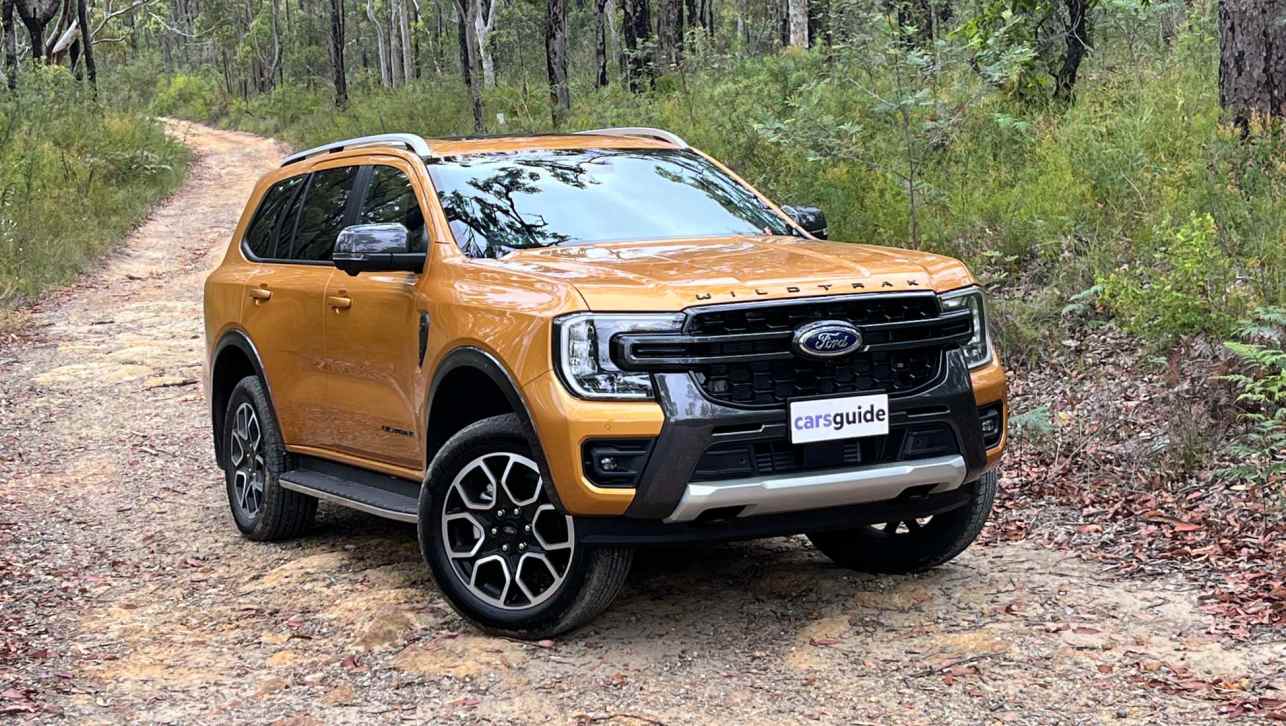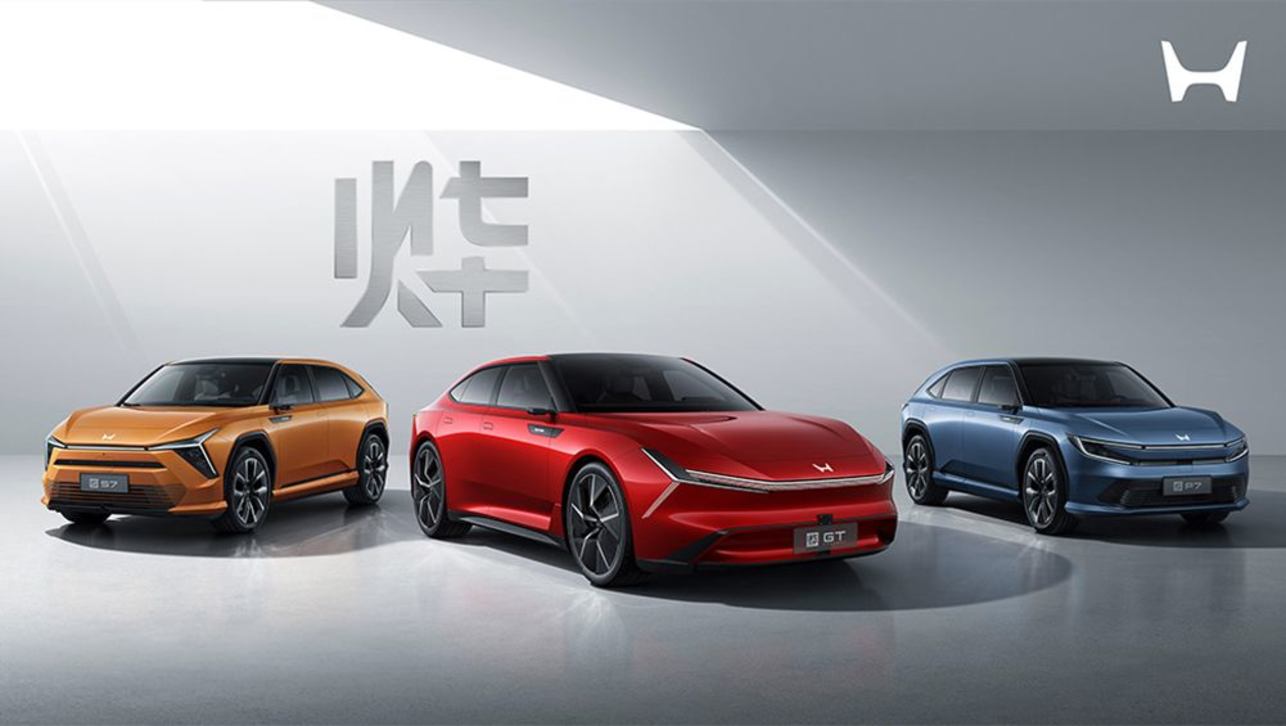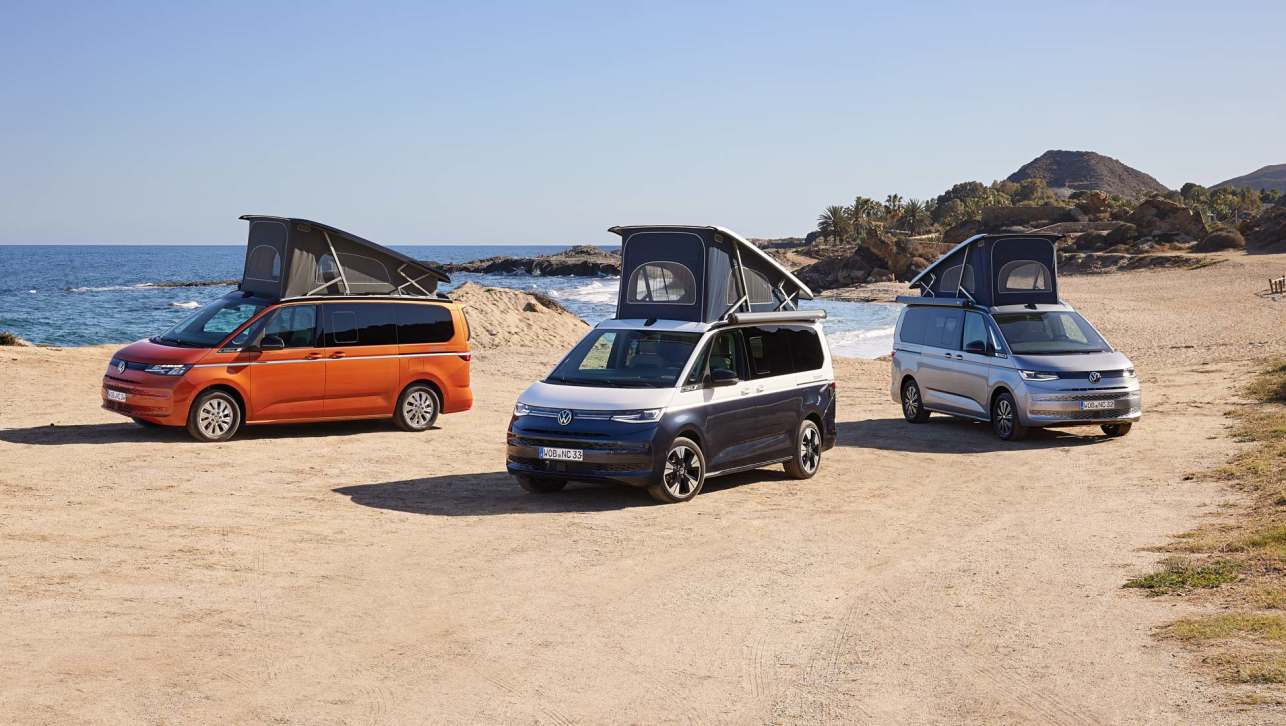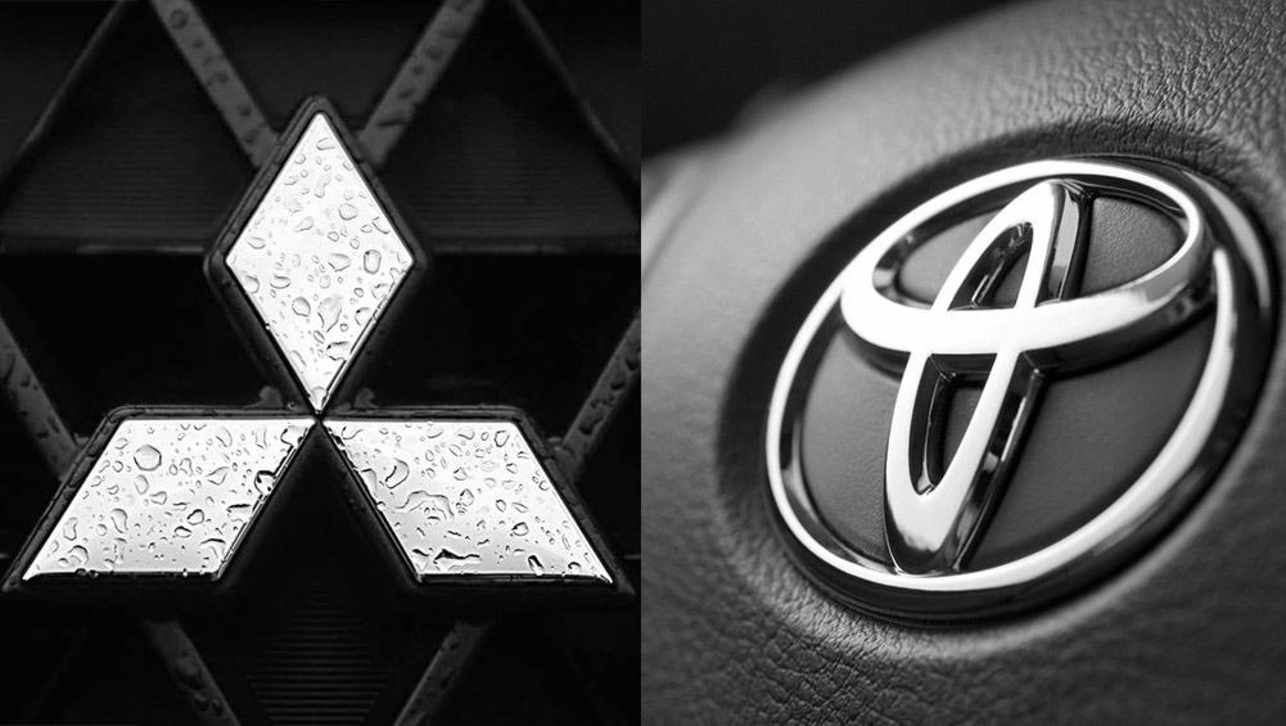Toyota has twice claimed publicly a decision on its manufacturing future is due by "the middle of the year". But company insiders say the announcement may be pushed back until later in the year and executives in Japan "are in no hurry" to give workers certainty over their future because the relationship between the factory floor and global headquarters has soured.
News Corp Australia understands that Toyota executives at head office in Japan were disappointed that Altona factory workers did not agree to proposed changes to overtime bonuses and conditions in December. Under the proposal, workers got to keep two pay rises this year -- 3.25 per cent in April and 2 per cent in September -- but had to agree to cuts to other bonuses and penalty rates, and adopt greater shift flexibility.
The two most senior Toyota executives in Australia, Max Yasuda and Dave Buttner, travelled to Japan in December hoping to have a signed contract from workers agreeing to the changes. But Toyota workers were blocked from voting after a Federal Court ruling, which Toyota has appealed.
The fate of Toyota's Altona factory now seems a formality given that the Federal Government has indicated Toyota will not get any extra funding, and workers are reluctant to agree to changes which the company says are crucial to saving $3800 from the production cost of each vehicle. If Toyota were to close its factory, it would likely happen in 2018, a year after Holden and when the current Camry is due to reach the end of its production cycle.
It would be a significant decision to close Altona given that Toyota has only shut two factories in the world: one in the US after the Global Financial Crisis, and a New Zealand assembly line in the 1990s.
Australia was the first export market for Toyota (with the privately imported LandCruiser) and the first country outside Japan where it assembled vehicles, starting with the Corolla in 1968.
Toyota Australia's executive director of sales and marketing Tony Cramb admits the situation is dire but insisted "the writing is not on the wall". But Mr Cramb said Holden's decision to end manufacturing in 2017 "puts unprecedented pressure on Toyota and makes it more difficult for us to be the sole manufacturer here in Australia".
Toyota's predicament comes as official figures show an all-time high of 1,136,227 cars were delivered in 2013 -- the sixth time in seven years to eclipse the 1 million mark -- but production of locally-made vehicles fell to their lowest levels since 1958. The results proved a mixed blessing for Toyota, which was market leader for the 11th year in a row and had Australia's top-selling car, the Corolla, for the first time ever.
But with 67 brands on sale in Australia (compared to 38 in North America and 42 in the UK) the new-car market is now so fragmented that there is not enough volume to justify local production. The Corolla led the 2013 market having sold less than half as many cars as the Holden Commodore did annually when it was market leader for 15 years.
Ford and Holden last year announced they were closing their manufacturing operations in 2016 and 2017 respectively because low tariffs and the strong Australian dollar favoured imported vehicles. It means Australian car buyers are spoiled for choice but it makes it impossible to manufacture locally because there is not enough domestic demand for any one vehicle, and exports are unprofitable.
Despite the booming market, sales of the locally-made Toyota Camry are down 8.7 per cent, joining the continued decline of the Holden Commodore and Ford Falcon, which both posted record 35-year and 53-year lows respectively.
Adding to the pressure facing the locally-made Camry, sales of regular passenger cars fell below 50 per cent for the first time ever. Meanwhile, sales and SUVs, utes and vans reached all-time highs, with more than 333,500 SUVs delivered and 204,500 utes and vans.
The traditional role of SUVs and utes are "being morphed" with passenger cars, said the chief executive of the Federal Chamber of Automotive Industries, Tony Weber. "I think the demarcation we've had historically in the market between passenger motor vehicles, light commercials and SUVs is starting to morph," said Mr Weber.
SUVs and utes had more safety features and were more car-like to drive than ever before, and offered "greater flexibility" for people's needs. There were four utes among the Top 10 sellers for the first time ever, but not one SUV made the cut, partly because there are now so many on sale; the Mazda CX-5 ranked 11th overall by a narrow margin behind the Ford Ranger.
The FCAI predicts 2014 will be another record year, with 1,145,000 sales. However, Mr Cramb said new-car sales in 2013 would have been higher if not for changes to Fringe Benefits Tax rules proposed by the former Labor Government.
"The FBT announcement made by the former government definitely slowed down business sales … there are many companies still just making their way back to normal purchases," said Mr Cramb. He said it took the market "a lot longer than we had anticipated" to recover form the botched plan that would have quadrupled the tax on company cars.
"Companies have extended leases, delayed purchasing decisions, and rather than coming back once … the new Government made it clear they were not going to implement previous Government's policies, there was a skepticism in the market among the big fleet companies."
Fast facts
Toyota has sold more than 40 million Corollas worldwide, including 1.25 million in Australia since 1967.
The Corolla won the 2013 new-car sales race after swapping the monthly sales lead three times with reigning champion the Mazda3.
The Mazda3 led the first three months of the year before the Corolla landed its first win for 2013 in April, and then led the year-to-date tally for the first time in June.
In the end, the Corolla was the top selling car for eight months of the year, including the last four in a row.
Incredibly, it was only the Corolla's fifth-best result (its record was 47,901 set in 2008), another sign of the fragmenting market that is killing local car manufacturing.
Korean car maker Hyundai ranked fourth overall but was the second-biggest seller of passenger cars in Australia in 2013.
Mercedes-Benz won the luxury car sales category, outselling BMW and Audi. The Mercedes-Benz C-Class sedan was the third best-selling medium-size sedan behind the Toyota Camry and Mazda6.
This reporter is on Twitter: @JoshuaDowling
Top 10 cars 2013
Toyota Corolla 43,498 up 12.1 per cent
Mazda3 42,082 down 4.6 per cent
Toyota HiLux 39,931 down 1.7 per cent
Hyundai i30 30,582 up 7.9 per cent
Holden Commodore 27,766 down 9.1 per cent
Toyota Camry 24,860 down 8.7 per cent
Mitsubishi Triton 24,512 up 32.4 per cent
Holden Cruze 24,421 down 16.3 per cent
Nissan Navara 24,108 down 7.4 per cent
Ford Ranger 21,752 down 7.2 per cent
Top 10 brands 2013
Toyota 214,630 down 1.6 per cent
Holden 112,059 down 2.3 per cent
Mazda 103,144 down 0.7 per cent
Hyundai 97,006 up 6.0 per cent
Ford 87,236 down 3.5 per cent
Nissan 76,733 down 3.8 per cent
Mitsubishi 71,528 up 21.5 per cent
Volkswagen 54,892 stable 0.0 per cent
Subaru 40,200 stable 0.0 per cent
Honda 39,258 up 9.6 per cent
Falcon and Commodore hit new all-time lows in 2013
Ford Falcon: 10,610 (compared to a peak of 81,000 in 1995)
Holden Commodore: 27,766 (compared to a peak of 94,500 in 1998)
A decade of record sales
2004: 955,229
2005: 988,269
2006: 962,666
2007: 1,049,982
2008: 1,012,164
2009: 937,328
2010: 1,035,574
2011: 1,008,437
2012: 1,112,032
2013: 1,136,227
Locally made cars: then and now
1999: 223,083 (including 184,000 Commodores and Falcons)
2013: 118,510 (down 15 per cent on 2012, and the lowest since 1958)
The rise of the small car
1999: 136,975 sales
2001: 162,046 sales
2013: 266,413 sales
Record year for SUVs (2013 versus 2012)
Small: 74.089 (up 23.3 per cent)
Medium: 119,464 (up 8.6 per cent)
Large: 126,530 (up 3.9 per cent)
Passenger car sales
2013: 566,454
2012: 576,855
2011: 559,314
2010: 592,122
2009: 540,562
2008: 596,765
2007: 637,019
2006: 598,394
2005: 608,804
2004: 589,985
2003: 588,511
2002: 540,240
2001: 529,452
SUV sales
2013: 333,511
2012: 305,825
2011: 244,136
2010: 235,285
2009: 188,153
2008: 194,458
2007: 198,176
2006: 170,847
2005: 180,292
2004: 173,087
2003: 150,578
2002: 138,064
2001: 127,871
Ute and van sales
2013: 204,566
2012: 198,302
2011: 176,726
2010: 176,553
2009: 181,058
2008: 185,016
2007: 177,556
2006: 161,791
2005: 167,878
2004: 163,676
2003: 146,589
2002: 122,393
2001: 96,399
Source: Federal Chamber of Automotive Industries



.jpg)
.jpg)


.jpg)
.jpg)








.jpg)

.jpg)










Comments